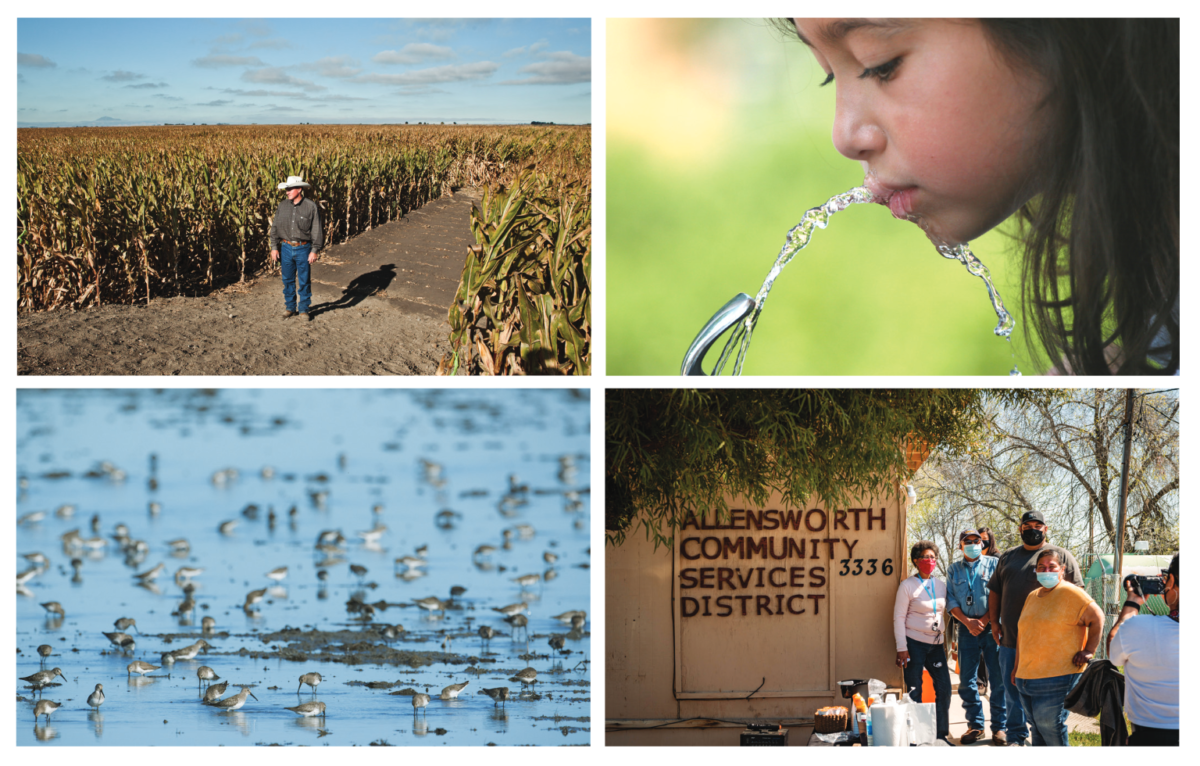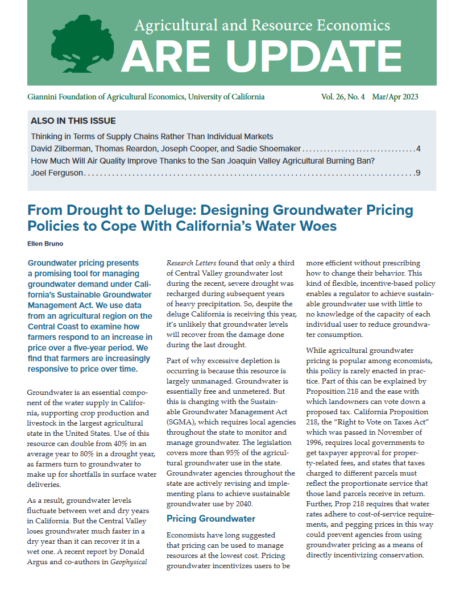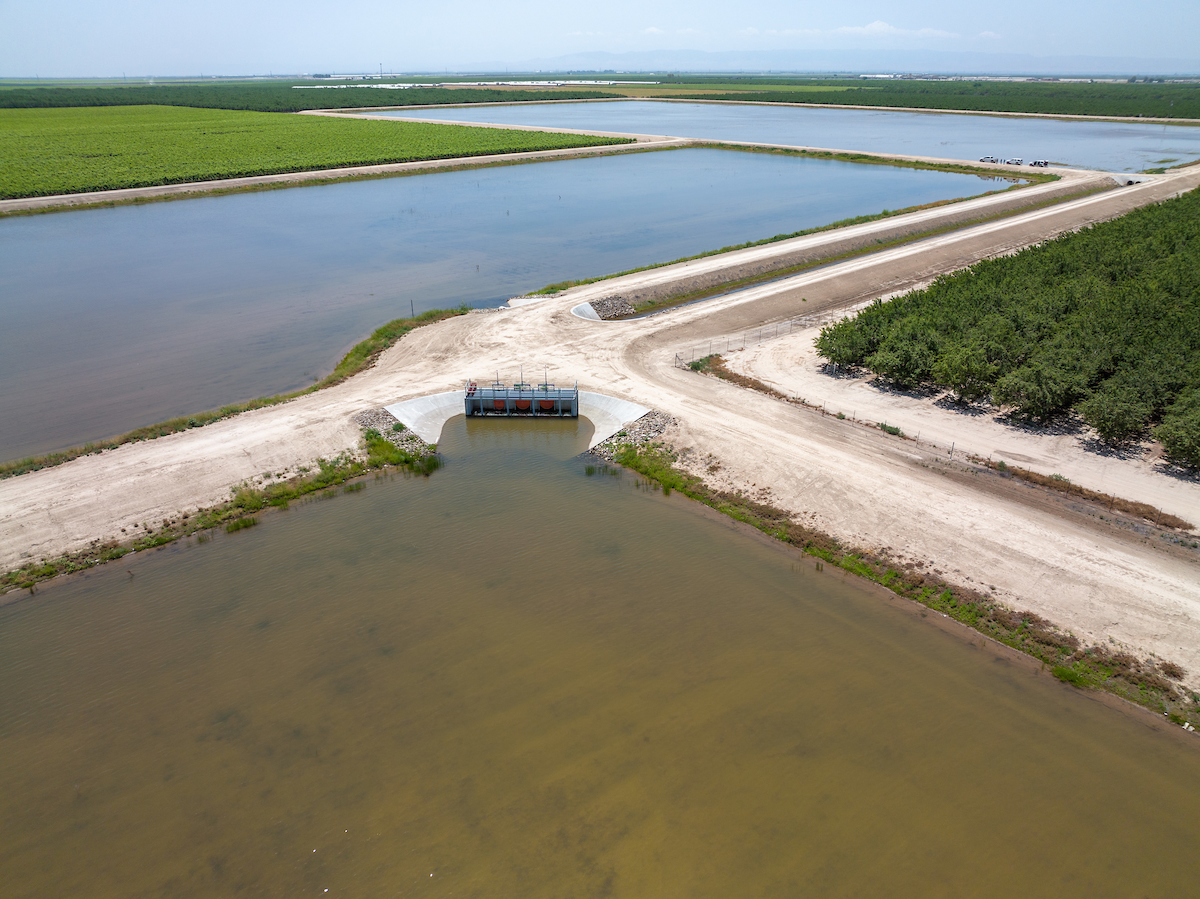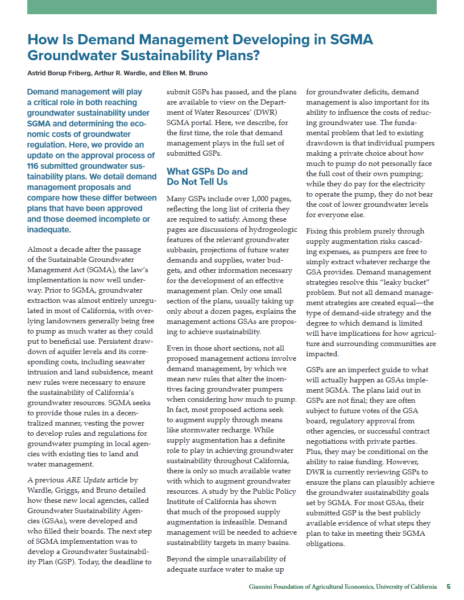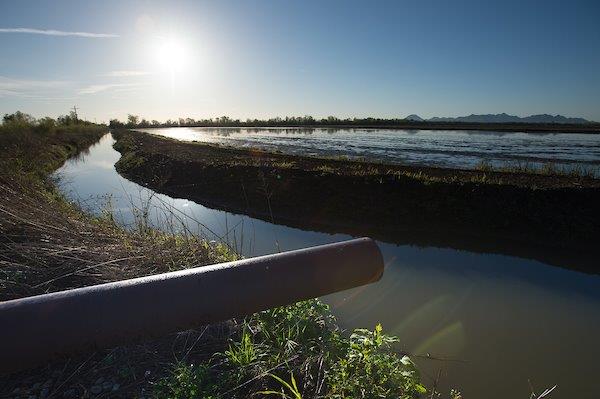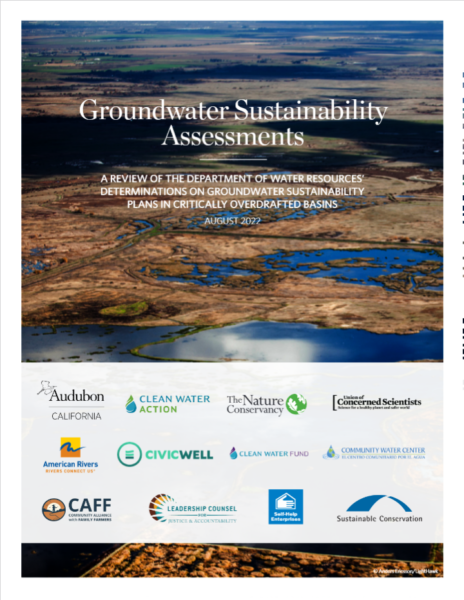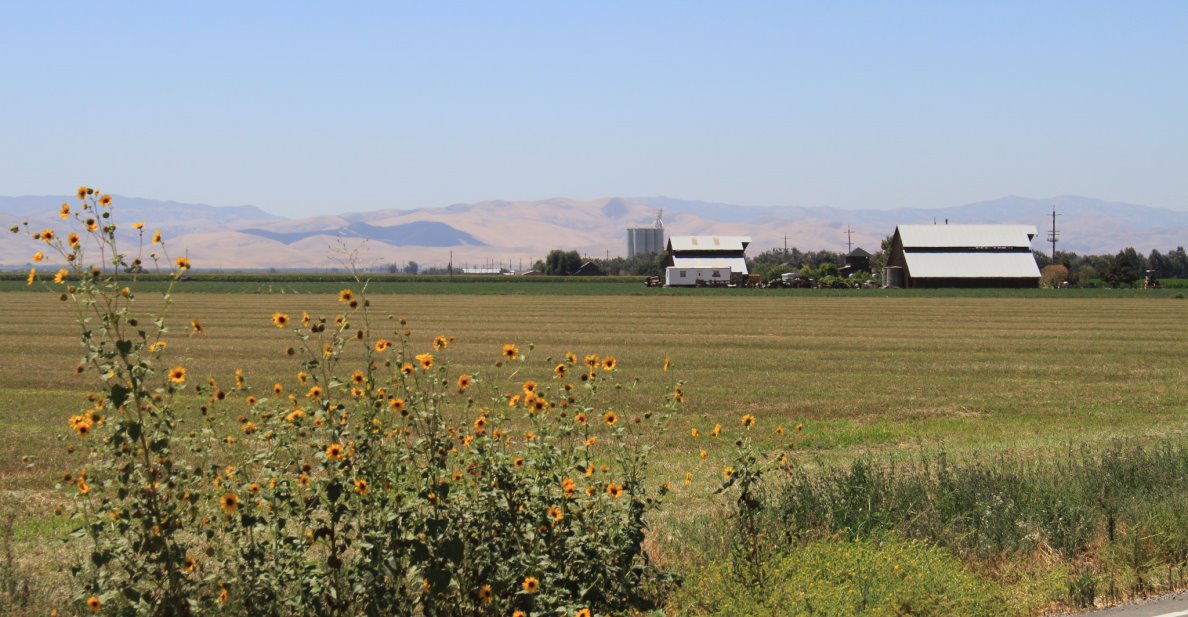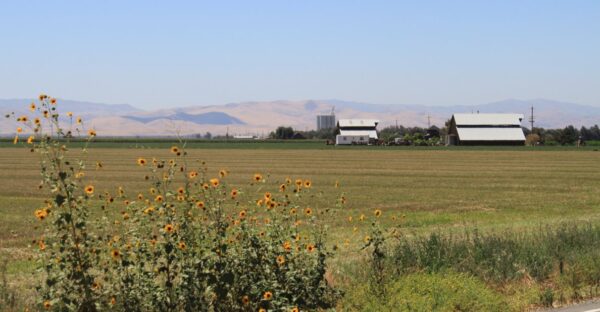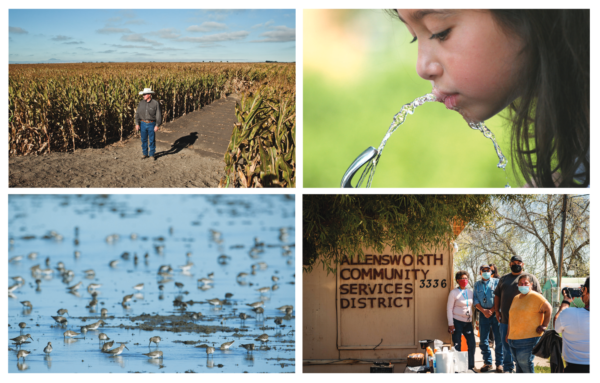 A new report, authored by experts from organizations including The Nature Conservancy, the Union of Concerned Scientists, Audubon California, and Clean Water Action, provides a set of recommendations on how California’s Sustainable Groundwater Management Act can better protect vulnerable communities and the environment. The recommendations are based on findings from a study published this week in Nature Communications, which found that the majority of local groundwater plans developed under California’s Sustainable Groundwater Management Act (SGMA) overlook the state’s most vulnerable groundwater users.
A new report, authored by experts from organizations including The Nature Conservancy, the Union of Concerned Scientists, Audubon California, and Clean Water Action, provides a set of recommendations on how California’s Sustainable Groundwater Management Act can better protect vulnerable communities and the environment. The recommendations are based on findings from a study published this week in Nature Communications, which found that the majority of local groundwater plans developed under California’s Sustainable Groundwater Management Act (SGMA) overlook the state’s most vulnerable groundwater users.
More than 100 groundwater sustainability plans submitted to the State of California and required under SGMA in 2020 and 2022 were rigorously reviewed to assess the degree to which each plan integrates diverse stakeholder groups into the planning process.
In response to the study’s findings, the report released recommends that large data gaps from insufficient groundwater monitoring be closed in order to decrease the risk that unsustainable groundwater use will harm underrepresented communities and the environment.
The report also makes recommendations to address the study’s finding that groundwater sustainability plans lack information about climate change impacts on water resources.
For more information:
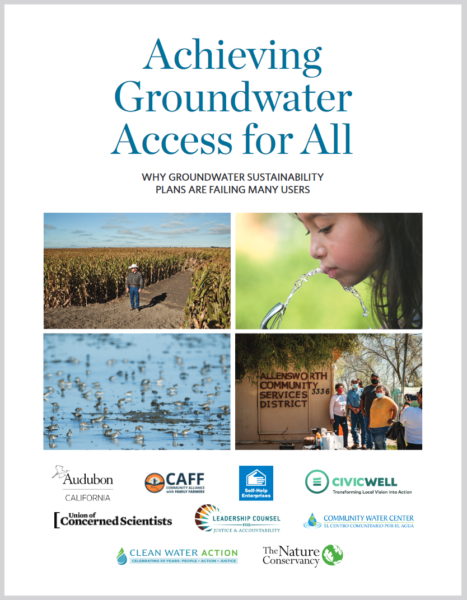 Read the Summary Report: Achieving Groundwater Access for All: A new report was released, authored by experts from organizations including TNC, the Union of Concerned Scientists, Audubon California, and Clean Water Action. Based on the study published in Nature Communications, the report outlines a robust set of recommendations on how Sustainable Groundwater Management Act (SGMA) can better protect vulnerable communities and the environment. Click here for the summary report.
Read the Summary Report: Achieving Groundwater Access for All: A new report was released, authored by experts from organizations including TNC, the Union of Concerned Scientists, Audubon California, and Clean Water Action. Based on the study published in Nature Communications, the report outlines a robust set of recommendations on how Sustainable Groundwater Management Act (SGMA) can better protect vulnerable communities and the environment. Click here for the summary report.
Access the Interactive Story Map: 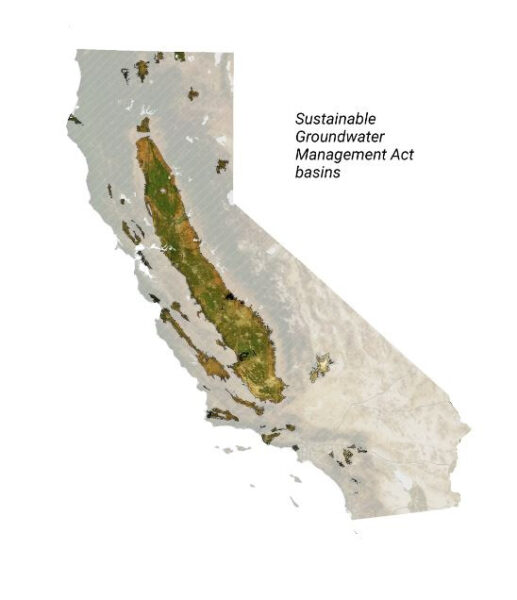 Drawing from the summary report and article, journalist Geoff McGhee has created this online piece to provide a visual storytelling of how most California Groundwater Sustainability Plans (GSPs) fail to protect vulnerable communities and the environment. This interactive story map allows readers to engage in the findings and take a close look at how their groundwater sustainability agency’s plans compare to others in the state. Click here to access the interactive story map.
Drawing from the summary report and article, journalist Geoff McGhee has created this online piece to provide a visual storytelling of how most California Groundwater Sustainability Plans (GSPs) fail to protect vulnerable communities and the environment. This interactive story map allows readers to engage in the findings and take a close look at how their groundwater sustainability agency’s plans compare to others in the state. Click here to access the interactive story map.
Attend the webinar to hear an overview of the analysis of the plans and information about how the plans fail to protect groundwater for many. The webinar includes brief presentations, a live demonstration of an interactive visual data tool, and will follow with a Question and Answer session. Click here to register.
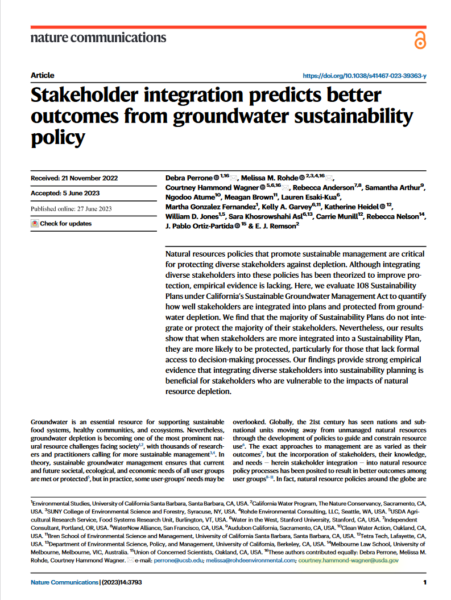 Read the Article in Nature Communications: TNC-CA partners published a recent study ‘Stakeholder integration predicts better outcomes from groundwater sustainability policy’ in Nature Communications which found that the majority of local groundwater plans developed under California’s Sustainable Groundwater Management Act (SGMA) overlook the state’s most vulnerable groundwater users. More than 100 groundwater sustainability plans submitted to the State of California and required under SGMA in 2020 and 2022 were rigorously reviewed to assess the degree to which each plan integrates diverse stakeholder groups into the planning process. Click here to read the research article.
Read the Article in Nature Communications: TNC-CA partners published a recent study ‘Stakeholder integration predicts better outcomes from groundwater sustainability policy’ in Nature Communications which found that the majority of local groundwater plans developed under California’s Sustainable Groundwater Management Act (SGMA) overlook the state’s most vulnerable groundwater users. More than 100 groundwater sustainability plans submitted to the State of California and required under SGMA in 2020 and 2022 were rigorously reviewed to assess the degree to which each plan integrates diverse stakeholder groups into the planning process. Click here to read the research article.

